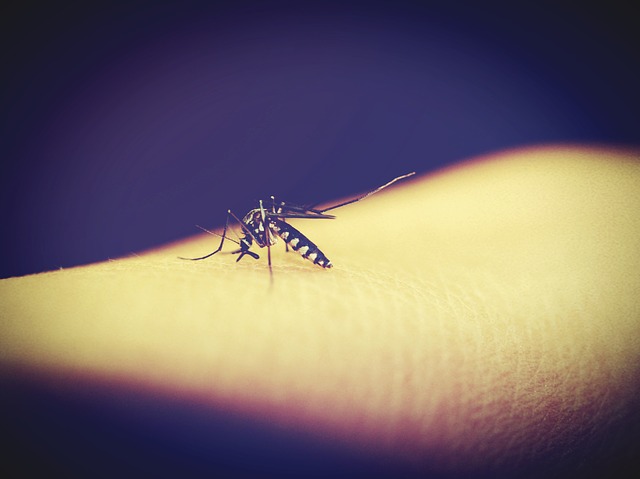17 Mar Zika May Spread to More Species of Mosquitoes
 Zika May Spread from the Aedes Species to 35 More
Zika May Spread from the Aedes Species to 35 More
We often worry about the Zika virus spreading among the human population, but have you thought about it spreading to include more species of mosquitoes? Most scientists and researchers allocate the spread of the Zika virus to two particular species of mosquitoes: Aedes aegypti and Aedes albopictus. According to a recent forecasting model and mathematical analysis done by the researchers at the University of Georgia, the virus could spread to as many as 35 species. Of the 35 species that may be able to transmit the virus, seven are currently found in the United States.
Background of the Aedes Species
The Aedes species is known for currently transmitting not only the Zika virus, but also dengue fever, yellow fever, West Nile virus, Chikungunya and eastern equine encephalitis. The species was originally found in tropical and subtropical areas because of their warm and wet climates; however, now the Aedes species is found on all continents except Antarctica.
Aedes Aegypti
Female Aedes aegypti are good at transmitting viruses, such as Zika. According to a medical geographer at the University of Florida, Aedes aegypti are sneaky biters who typically bite around the ankles or behind knees, making it less likely that you’ll notice them on your skin. They also prefer human blood which increases the rate that the virus reproduces inside of the mosquito. Since they usually bite more than once, this increases the risk of transmission.
Aedes Albopictus
Also known as the Asian tiger mosquito and “the other Zika mosquito,” the Aedes albopictus has a larger geographical range of possible transmission but does not bite humans as often as the Aedes aegypti. The Aedes albopictus is less picky and will bite animals in addition to humans. While this species is less likely to transmit Zika as rapidly as the Aedes aegypti, it is known for being equally, if not more, dangerous because of their ability to survive in cooler temperatures and for a longer period of time.
Why More Species of Mosquitoes?
Scientists suspect there are other species of mosquitoes capable of transmitting the Zika virus based on their genetic traits, current virus transmissions and ecological environments. For example in 2007, there was an outbreak of Zika on Yap Island, a remote island in the Pacific, which was transmitted by the Aedes hensilli species. In the United States, the first cases of the Zika virus were travel-related, with a whopping 4,813 cases now on record. In Florida and Texas, the number of locally-transmitted cases is up to 221, according to the Center for Disease Control (CDC). With growing numbers of local transmission, more species can pose a much higher risk for outbreaks if they make their way into the US.
Protect Yourself with NET effect Insect Repellent
The best way to protect yourself from Zika and other mosquito-borne illnesses is to prevent mosquito bites. NET effect roll-on insect repellent contains 20% DEET, which is the most effective ingredient in repelling insects because of its ability to block their neurotransmitters, making insects incapable of locating you. What makes NET effect even better is our unique roll-on applicator that allows you to apply the repellent safely and more effectively with no mess. To shop for your own bottle of NET effect, visit our online store today!

 Zika May Spread from the Aedes Species to 35 More
Zika May Spread from the Aedes Species to 35 More